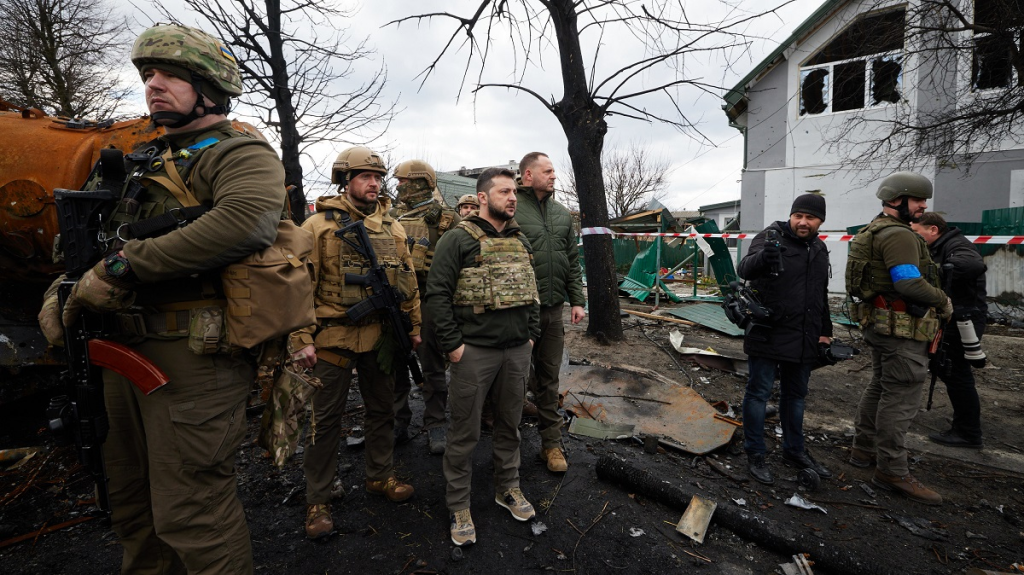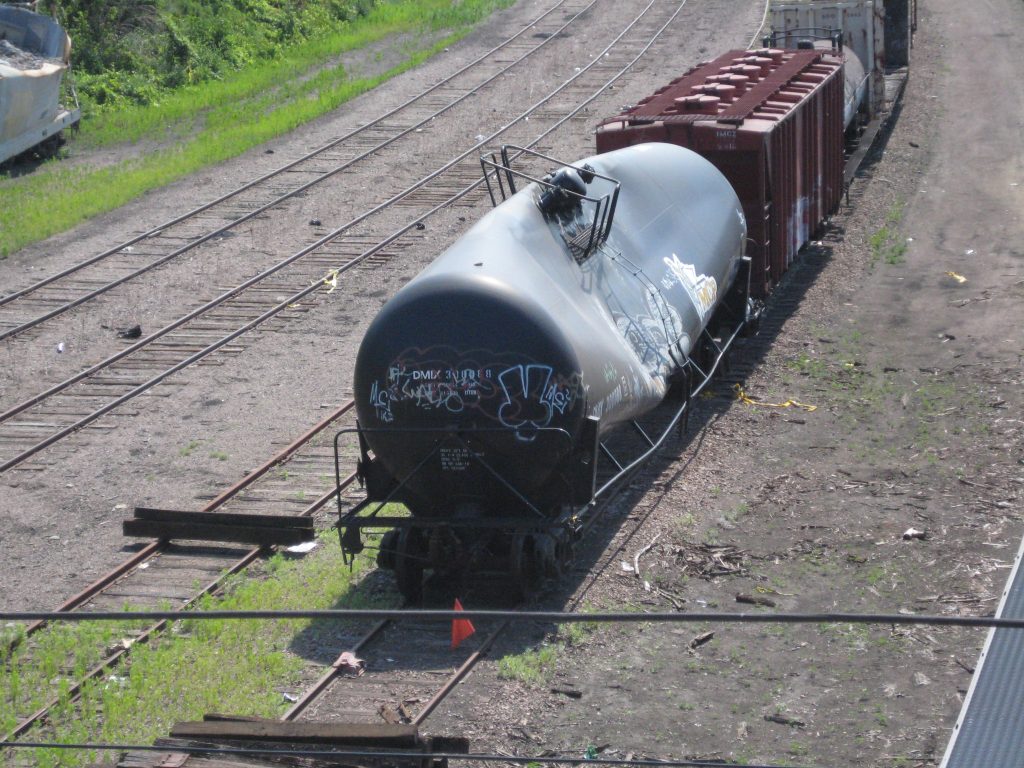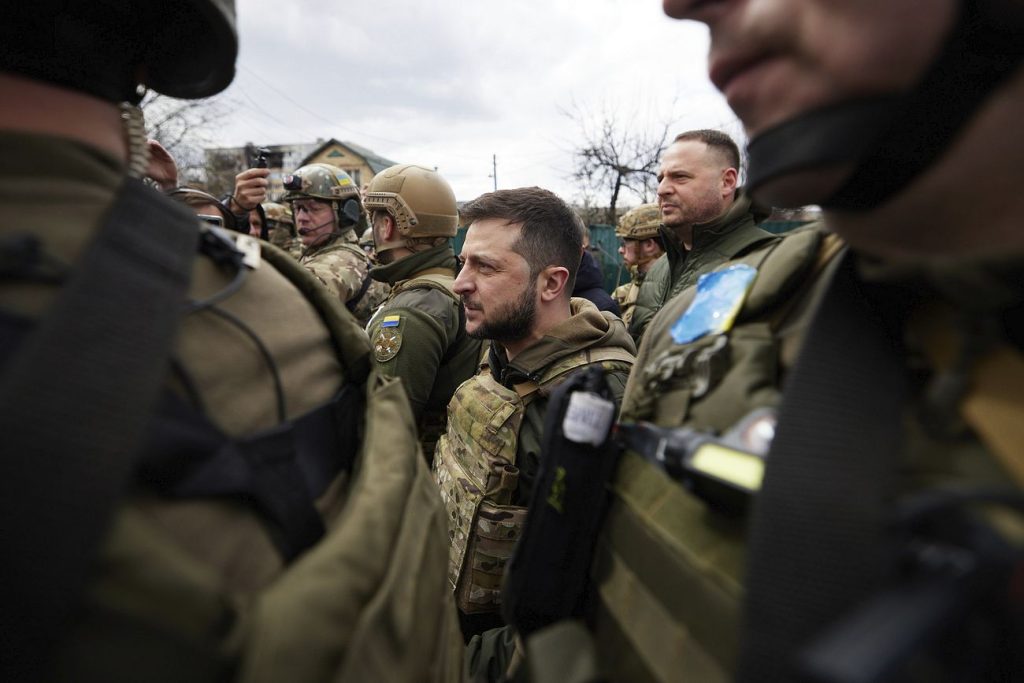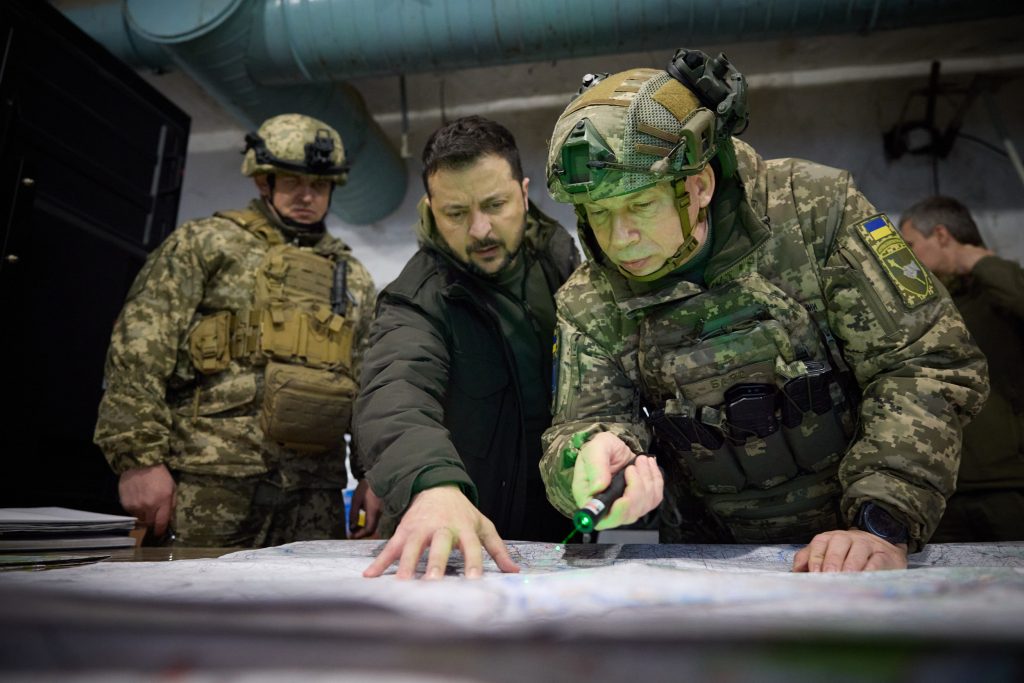
At dawn on 26 October 2025, a powerful explosion blew up the railway line in Russian-occupied Zaporizhzhia and sent a military supply train off the rails into twisted ruins. The strike was not random it was one in a series of sabotage operations aimed at crippling Russia’s logistics lifeline.
Of all the weapons in the Ukrainian arsenal, rail sabotage is one of the most potent instruments of unconventional warfare. The October 26 attack opens a window into the tactics and technology driving this campaign, its coordination, and its wider implications for the war. Ukrainian resistance fighters and special operations forces are attacking that vital artery-the rail network used to move troops, ammunition, and fuel-and making the Kremlin divert resources, reroute supplies, and endure cascading delays.

1. The strike at Zaporizhzhia on October 26
In the pre-dawn hours near Stulneve, a stretch of track between Chernihivka and Stulneve was destroyed as a Russian military train crossed it. At least one locomotive was thrown off the rails, and nine freight cars went flying off the track from the explosion, sending munitions and debris flying along a 70-meter stretch. According to Defense Express, blown rail platforms were transporting military cargo to southern front units. That part of the rail was now impassable, and all military supply movement in that area ceased.

2. Methods of Precision Sabotage
Photographic evidence of the blast, along with a damage signature, shows that pre-planted explosives detonated to strike underneath the moving train in a style common to partisan operations today where maximum destruction is weighed against minimum exposure for the operatives involved. The intensity of the 26 October blast was similar to previous strikes where explosives were placed at choke points to ensure derailment and damage to infrastructure.

3. August 19: Fuel Train Attack
On Aug. 19, Ukrainian forces in the same area struck a Russian train carrying fuel tankers. Operators of the drones for the Ronin Unmanned Systems Battalion targeted the cars after the train had been stopped, setting off enormous fires. Large stretches of the track buckled under burning fuel, Militarnyi said, closing the route for almost two months. Imagery from the European Space Agency’s satellite showed the route remained blocked into at least mid-October.

4. Long-Term Disruption of Russian Logistics
That August derailment cut a key rail link between Crimea and Tokmak, making fuel resupply to the front line units significantly more cumbersome. Once the wreckage is cleared, the repair entails lengthy track replacement. Moreover, parallel to the outcome on October 26, repair crews have to cope not only with the engineering challenge but also with the threat of follow-on partisan attacks.

5. Coordinated Resistance Operations
The resistance sources describe growth in cooperation between local partisans and Ukraine’s Security and Defense Forces. Activities around Zaporizhzhia have shown coordination of sabotage teams with reconnaissance elements to conduct precision strikes against key targets. In this respect, such coordination bolsters tempo in order to ensure maximum damage to the Russian supply chains.

6. Vulnerabilities in the Russian Rail Network
Russian military logistics depend on just a few nodal points and bridges that form chokepoints, strung together into a few key, centralized rail corridors that Ukrainian operatives continue to exploit. This is reminiscent of the sabotage campaigns of World War II that, in turn, delayed reinforcements and disrupted enemy offensive operations.

7. Expanding the meaning of sabotage
Aside from strikes on the direct train, there have been partisan attacks by Ukrainians and Russians on depots, switching stations, and bridges. Coordinated attacks inside Russia in December 2024 destroyed a railway bridge in Ulyanovsk and disabled locomotives through arson in Krasnodar and Bryansk. Each incident forces expensive repairs and diverts resources from the front lines.

8. Role of Technology and Intelligence
Modern sabotage gets help from satellite imagery, drone reconnaissance, and signals intelligence that identify weak points. Geolocation by open-source communities such as Cyber Boroshno gives precision to targeting. This kind of intelligence makes possible surgical strikes that yield outsized logistical disruption with limited risk.

9. Strategic Impact on the War
Repeated rail sabotage has a cascading effect whereby delays in the delivery of ammunition and fuel erode Russian offensive capability, fray morale, and force logistical rerouting onto longer, less secure paths. But Ukraine’s campaign shows how such unconventional warfare can grind down an adversary’s operational endurance. The October 26 derailment was more than a unique act of resistance it formed part of a sustained, evolving campaign leveraging Russia’s dependence on rail logistics.
Melding precision explosives, drone strikes, and controlled action from partisans into a singular campaign, Ukraine has turned rail sabotage into a strategic lever. Every piece of track destroyed and every wagon overturned serves to ratchet up the Kremlin’s logistical headaches-a modern battlefield testament to how the battle for supply lines can be as critical as the fight on the front.


